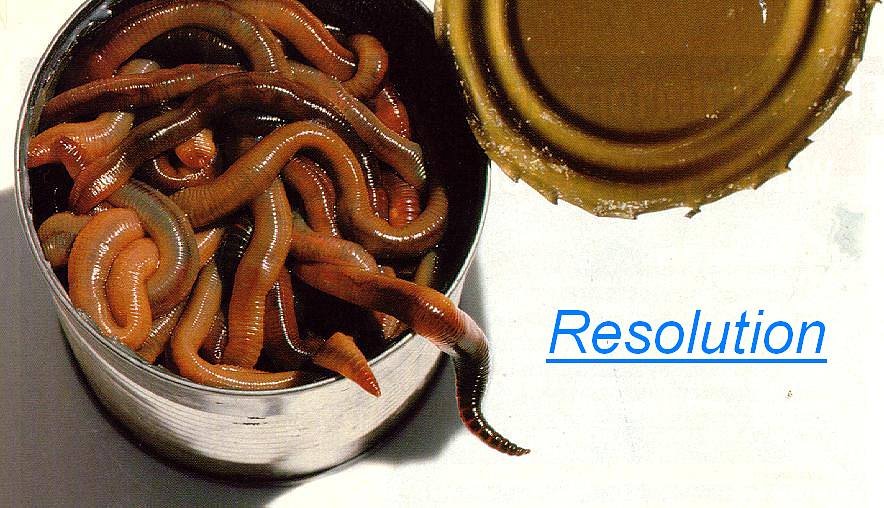One further question.
I have seen the visible differences in tonality and micro-contrast between the two, but which supposedly has the edge in pure resolution? In terms of max print size or MP equivalence?
Somewhat unsure about this.
They're virtuatlly identical, so it should be other considerations that make your decision, such as size, battery life, speed of operation. The Merrills are a lot smaller in width, but the Quattros are faster and have much longer battery life. The Quattros offer SFD mode, for making slightly improved images with much less noise, though they require a tripod or some other method of holding the camera perfectly still to do it (it's a little like pixel-shift mode, though does not improve the resolution significantly, like pixel-shift mode does). The Quattros can record in DNG too, so if you want that capability you won't want a Merrill camera. There are many other advantages to the Quattros, but the DP Merrills can shoot video, though it is pretty bad quality video. No other cameras that Sigma has ever made with a Foveon sensor can shoot video. Believe me though, that video quality is so bad that you probably won't end up using it.
It is my opinion that if you want to shoot at higher ISO settings you will prefer the Merrill cameras. Quattro cameras just can't do ISO 400 or above very well at all, though I have seen some amazing improvements made by some people through processing. Here is an OOC jpeg I shot this morning at ISO 400, as an example:

Blotchy colors of the Quattro at ISO 400
I normally shoot at ISO 100, and I really try to avoid ISO 200, because of this color blotching issue of the Quattros. I still prefer my Quattro to my Merrill camera though, because focusing is easier with the 8x live view magnification feature, which the Merrill DSLR doesn't offer (no live view at all). The upcoming "Merrill-like" full-frame camera will probably change all this, so I look forward to it quite a lot. 2020 will be an even more interesting year than 2019 has been so far, I'm sure.
Just so you're aware, I love my Quattro. I don't plan to buy the full-frame camera right away, but I may end up changing my mind, depending on the images I see coming from those cameras. Instead, I plan to get a A7r IV, which is the new 60 MP full-frame camera from Sony. That will be my high-ISO and video camera, replacing my Nikon D810, which I like, but can't use my Sigma lenses on it. I have an MC-11 adapter to use my Sigma lenses on the Sony camera, which I got with a Sony A7, which I sold, when I got my Nikon.
Good luck with your decision.

--
Scott Barton Kennelly
Landscape and nature photography, photographic prints by Scott Barton Kennelly, an Australian photographer living in south Florida.
www.bigprintphotos.com





